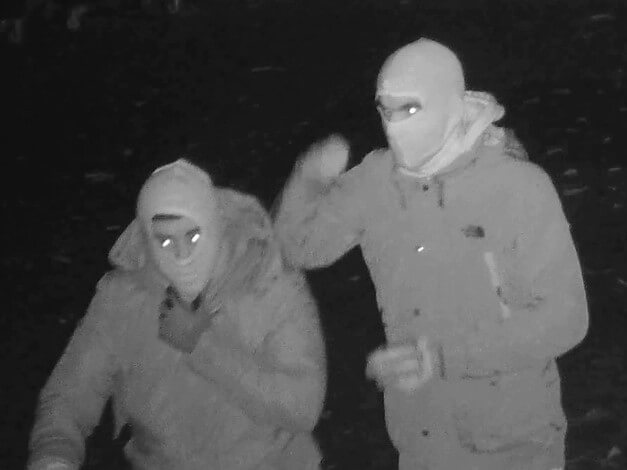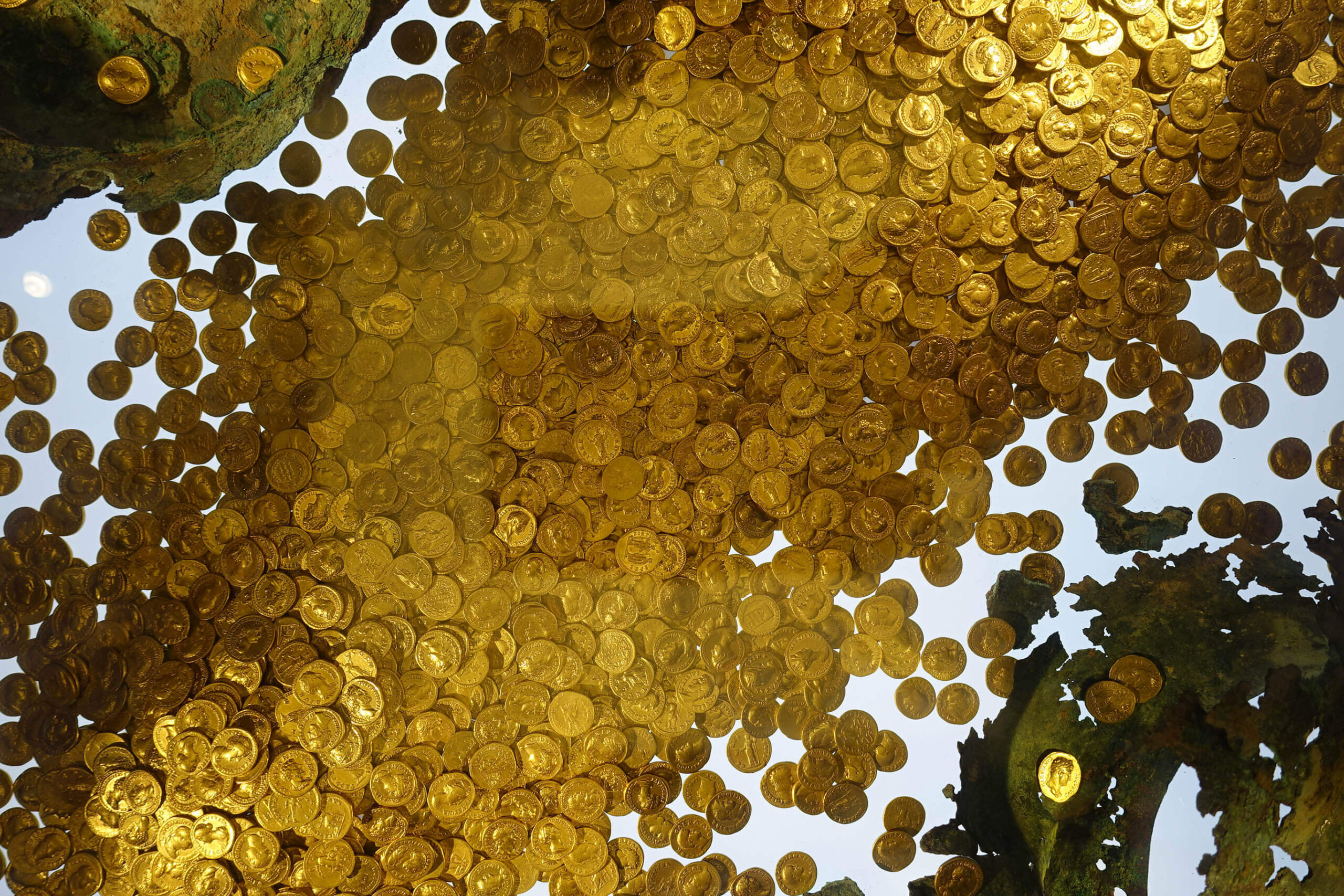
It is reassuring to know that not every attempt to break into a German museum is successful. Just a few weeks before the brazen break-in at the Green Vault in Dresden in November 2019, there was nearly another spectacular heist on the German museum scene. Early in the morning on 8 October 2019, at least two people managed to break into the Rheinisches Landesmuseum Trier.
The Circumstances of the Crime
The thieves’ method was violent: they used scaffolding to get up to a first-floor window, which they smashed open. From there, they moved purposefully to the coin cabinet, as detected by the sensors in the museum. They broke open the glass door between them and the treasure by force. Then, using sledgehammers, they attempted to shatter the tempered glass cover, the last obstacle standing in their way – but that’s where their luck ran out. The tempered glass cracked but it just wouldn’t break. As the huge operation had long since triggered the alarm, the perpetrators were soon forced to flee, empty-handed, via a side entrance.
In their hurry to escape, the perpetrators left behind some of their tools and sports bags. Despite the camera footage of the perpetrators, it seemed for a long time as though there was no trace of them. But now, the tools they left behind have led to a successful manhunt. Using traces of DNA, a 28-year-old Dutch man has been identified as a suspect, who was already extradited by the Dutch authorities on 11 December 2020. The public prosecutor’s office in Trier has now pressed charges of attempted theft in a particularly serious case. The suspect denies the allegation. It is not yet known when the trial will be held. There is no indication that this crime is connected to the burglaries in Berlin and Dresden, although the similar method – quick and violent – does bring them to mind.
A Priceless Treasure
This treasure find in 1993 was an absolute sensation, an ‘archaeological lottery win’, as the press wrote at the time. The 2,650 aurei, which were buried in around 196 AD, are considered the largest hoard of Roman gold coins ever to be found. And it’s not just the sheer quantity that’s impressive, but also the fact that among these coins, there are some extremely rare specimens. In fact, 88 of the coins were previously unknown and unpublished.
It is therefore even more painful to imagine what would have happened if the thieves had been successful in stealing them. And to think that, in order to be on the safe side and following the example of the thieves in Berlin, they might have focussed on the material value rather than the unbelievable collector’s value – and therefore destroyed an absolutely priceless treasure for just 18.5 kilograms of gold worth about 800,000 euros.
Thank goodness the glass cover held fast. And by the way, the response of the team in Trier was exemplary. They immediately moved the coins to a secret location and raised the considerable funds required to get even thicker tempered glass and a modern security door, among other things, to adequately protect the coins in future. There are still plans for the museum to reopen after the renovations in 2021. After that – and as soon as the pandemic allows it again – we strongly recommend paying it a visit.
Here is the website of the Rheinisches Landesmuseum in Trier.
In the ‘Crime’ section of our website, you’ll find numerous reports on the burglaries committed in recent years.
We have also published several reports on the Trier coin hoard: once on Ursula Kampmann’s visit to Trier and again in 2018 to mark the 25th anniversary of the find.








